

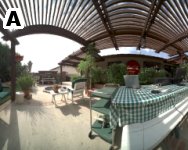

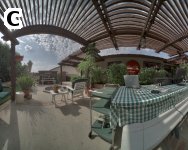
Source HDR image courtesy of Spheron AG.
The contrast of illumination in many day-to-day situations leads to over and under exposures in the conventional photography (Figure A). The High Dynamic Range Photography enables to capture much wider contrast range. However, display devices are still limited in the dynamic range of luminance and contrast that can be reproduced. The tone mapping technique allows for a reduction of such a contrast by decomposing an image into the areas of consistent illumination (Figure B) and optimizing the contrast ratio between these areas (Figure C).
An anchoring theory of lightness perception comprehensively explains many characteristics of human visual system such as lightness constancy and its spectacular failures which are important in the perception of images. We present a novel approach to tone mapping of high dynamic range (HDR) images which is inspired by the anchoring theory. The key concept of this method is the decomposition of an HDR image into areas (frameworks) of consistent luminance and the local calculation of the lightness values. The net lightness of an image is calculated via the merging of the frameworks proportionally to their strength. We stress out the importance of relating the luminance to a known brightness value (anchoring) and investigate the advantages of anchoring to the luminance value perceived as white. We validate the accuracy of the lightness reproduction in the presented algorithm by simulating a well known perception experiment. Our approach does not affect the local contrast and preserves the natural colors of an HDR image due to the linear handling of luminance.
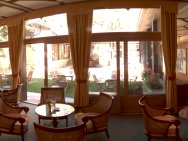
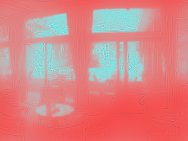
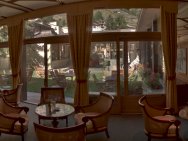
Source HDR image courtesy of Spheron AG.
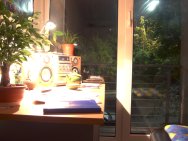
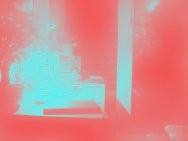
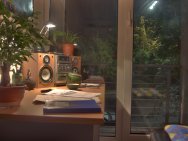
Source HDR image by Grzegorz Krawczyk.
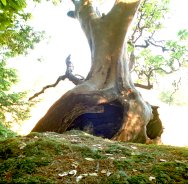
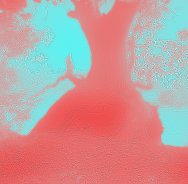
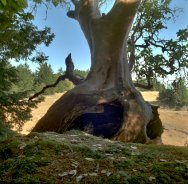
Source HDR image courtesy of OpenEXR.
Sample results of our algorithm. Each row contains a simulated low dynamic range image (left), a map of frameworks' areas (middle), and a tone mapped HDR image (right). The distinguished frameworks are represented by red and cyan colors and are superimposed on an edge filtered image. Higher saturation of the color illustrates stronger anchoring within the framework. Refer to the paper for further discussion.
Computational Model of Lightness Perception in High Dynamic Range Imaging
Grzegorz Krawczyk, Karol Myszkowski, Hans-Peter Seidel,
In: Proc. of IS&T/SPIE's Human Vision and Electronic Imaging, 2006.
[bibtex]
[paper]
[slides]
Lightness Perception in Tone Reproduction for High Dynamic Range Images
Grzegorz Krawczyk, Karol Myszkowski, Hans-Peter Seidel,
In: Proc. of EUROGRAPHICS '05 (Computer Graphics Forum, vol. 24), 2005.
[bibtex]
[paper]
Poster abstract: Lightness Perception Inspired Tone Mapping
Grzegorz Krawczyk, Rafal Mantiuk, Karol Myszkowski, Hans-Peter Seidel,
In: Proc. of ACM Symposium on Applied Perception in Graphics and Visualization, 2004.
[acm library]